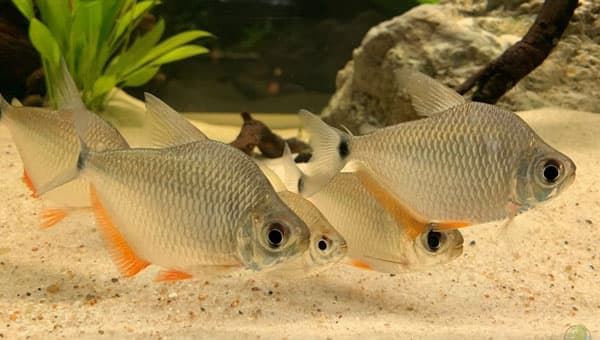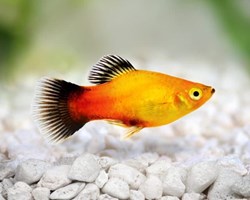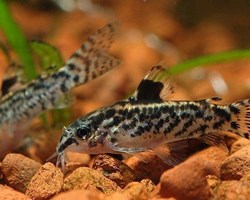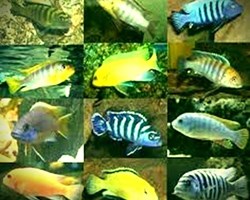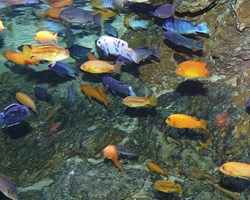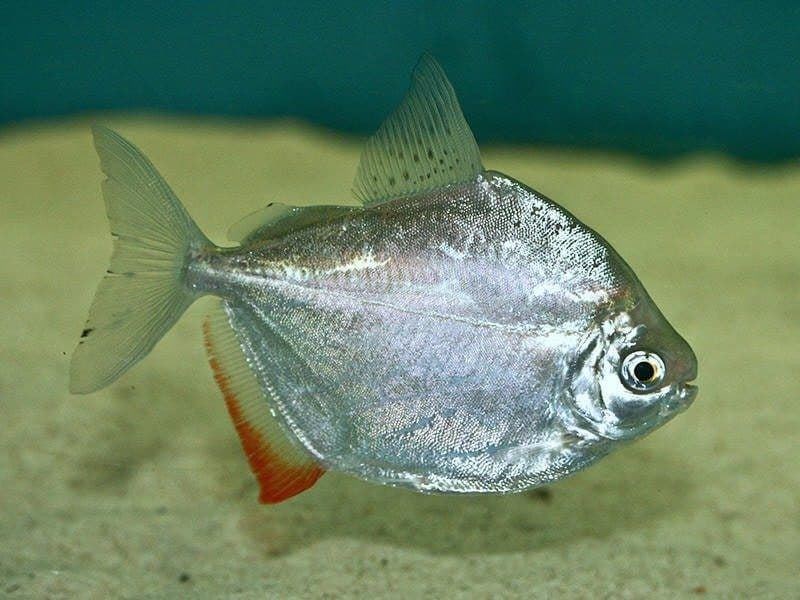
THE CARACOIDS:
In other times, all the fishes that are now grouped in about fifteen different families in the suborder of the Caracoids, were considered as constituting a single family, that of the Characins.
When the fish of that family were reclassified (as in the 1960s by Dr. Stanley Weitzman and in the 1970s by Dr. Jacques Gery), hobbyists had to begin to learn an appreciable number of new family names.
This meant that they could no longer comfortably group hundreds and hundreds of very different-looking aquarium fish into a single family and were forced to become familiar with new names and new relationships.
The Caracoids in which the amateurs are most interested today constitute six families, most of them being restricted to only one, that of the characins, the tetras or characins, and even when said family is much smaller than it was, is still very numerous.
The other five families include the pencil fishes (LEbiasinídeos); piranhas and silver dollars (Serrasalmídeos); the erect (Anostomídeos); hatchet fish (Gasteropelicídeos); the African tetras (Cytarinidae).
Fish belonging to all six of these "favorite" families are well represented on the following pages, but representatives of some less common families are also included.
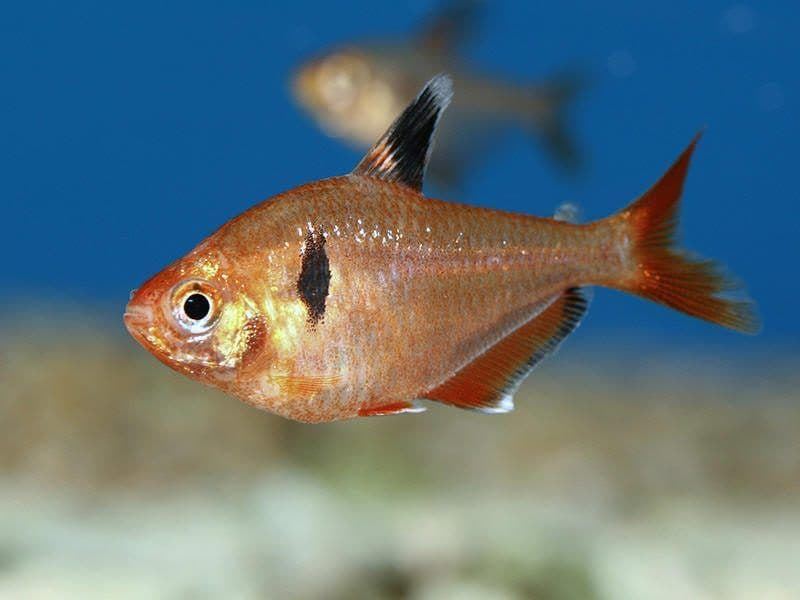
WHAT IS A CARACHOID?
A caracoid is a fish with very pronounced characteristics.
It is usually deeper than thick and has a streamlined appearance.
They all have teeth and scales and none have beards or mustaches.
Many have an additional fin, called an adipose fin, on their upper part and towards the back of the body; this fin does not have spines.
It does not exist in Europe, Asia or Australia.
In the aquarium almost all of the smaller tetras will eat dry food, even though they should be provided with live food as we really want them to show off their beautiful colors and be in spawning condition.
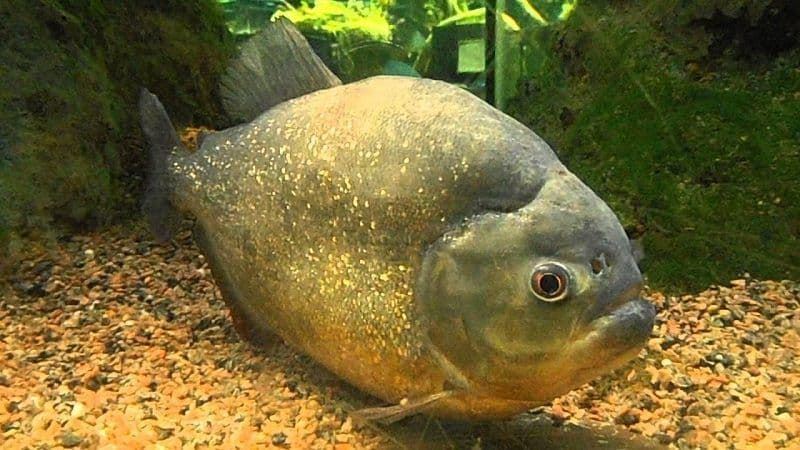
HOW SARACOIDS BREED:
All snails lay eggs, which, in general, are scattered irregularly at any point where there is a group of plants.
In nature, their spawning generally coincides with the beginning of the rainy season, but in the aquarium, it occurs throughout the year.
With very few exceptions, most males have longer dorsal and anal fins, and in some genera, males have more intense coloration, especially during the mating season.
The best way to get tetras to spawn is to separate the males from the females, feed them live food profusely until the females get fatter and the males take on more beautiful colors, and then put them into a specially prepared spawning tank that has with clean and aerated water in which groups of fine-leaved plants have been strategically installed.
Techniques for each fish may vary slightly but it should be noted that most fish eat their eggs almost as quickly as they lay them.
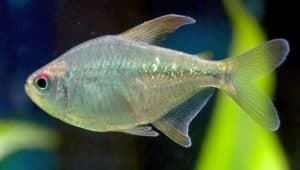
THE CARACOIDS IN OUR AQUARIUM:
Since snails are basically gregarious fish, they do best in a group in our aquarium.
The ideal situation is to have a group of a single species in a tank with an abundance of plants in the back and on the sides, leaving a wide swimming space in the center.
Basically, most snails of the same size get along quite well if they are fed properly and are not crowded together, although the latter, for the smallest of them all, tetras is not an inconvenience since they are very strong and robust.
It is not difficult to install 200 cardinal tetras in the same 80 liter aquarium, properly aerated and filtered, although they will not develop properly.
A better idea is to combine 5 inches of fish per gallon of water, so 100 inches of tetras would be the maximum figure for a 20-gallon aquarium, assuming good aeration and filtration.
Snails eat quickly; therefore we should not give them more than they are able to devour in three minutes.
It is best to feed them several times a day and as long as they gobble up their food in three minutes they will not overfeed.
On the other hand, it should not be forgotten that no fish eats in excess, which means that tanks with too much food become polluted because the fish does not eat all that is offered and the surplus sinks to the bottom and soon rots.
No filtration system can counteract a situation of continued overfeeding.
Although snails coexist very well with other snails, this is generally not the case with slow-moving fish, such as those with long, gliding fins such as angelfish (Pterophyllum) or gouramis.
They can mix with other fast moving fish like barbels and sedentary scavengers like most small cats (Corydoras are the best), but make sure the latter have a small mouth as most are nocturnal and can gobble up small tetras for hours. the night while they rest.
